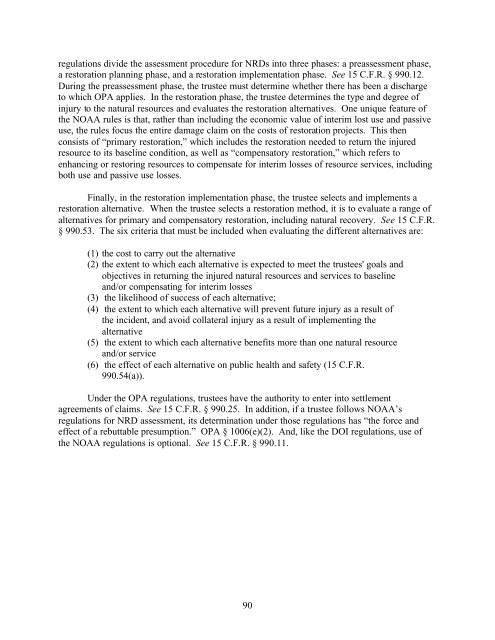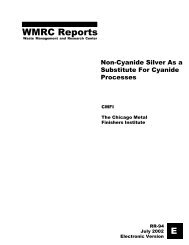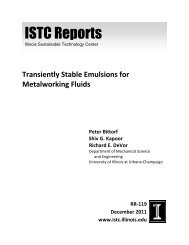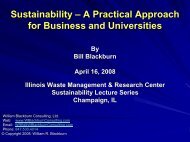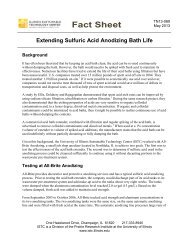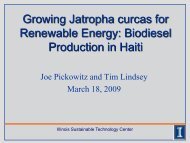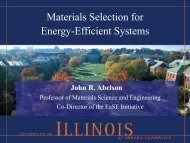Natural Resource Damage Assessment: Methods and Cases
Natural Resource Damage Assessment: Methods and Cases
Natural Resource Damage Assessment: Methods and Cases
Create successful ePaper yourself
Turn your PDF publications into a flip-book with our unique Google optimized e-Paper software.
egulations divide the assessment procedure for NRDs into three phases: a preassessment phase,<br />
a restoration planning phase, <strong>and</strong> a restoration implementation phase. See 15 C.F.R. § 990.12.<br />
During the preassessment phase, the trustee must determine whether there has been a discharge<br />
to which OPA applies. In the restoration phase, the trustee determines the type <strong>and</strong> degree of<br />
injury to the natural resources <strong>and</strong> evaluates the restoration alternatives. One unique feature of<br />
the NOAA rules is that, rather than including the economic value of interim lost use <strong>and</strong> passive<br />
use, the rules focus the entire damage claim on the costs of restoration projects. This then<br />
consists of “primary restoration,” which includes the restoration needed to return the injured<br />
resource to its baseline condition, as well as “compensatory restoration,” which refers to<br />
enhancing or restoring resources to compensate for interim losses of resource services, including<br />
both use <strong>and</strong> passive use losses.<br />
Finally, in the restoration implementation phase, the trustee selects <strong>and</strong> implements a<br />
restoration alternative. When the trustee selects a restoration method, it is to evaluate a range of<br />
alternatives for primary <strong>and</strong> compensatory restoration, including natural recovery. See 15 C.F.R.<br />
§ 990.53. The six criteria that must be included when evaluating the different alternatives are:<br />
(1) the cost to carry out the alternative<br />
(2) the extent to which each alternative is expected to meet the trustees' goals <strong>and</strong><br />
objectives in returning the injured natural resources <strong>and</strong> services to baseline<br />
<strong>and</strong>/or compensating for interim losses<br />
(3) the likelihood of success of each alternative;<br />
(4) the extent to which each alternative will prevent future injury as a result of<br />
the incident, <strong>and</strong> avoid collateral injury as a result of implementing the<br />
alternative<br />
(5) the extent to which each alternative benefits more than one natural resource<br />
<strong>and</strong>/or service<br />
(6) the effect of each alternative on public health <strong>and</strong> safety (15 C.F.R.<br />
990.54(a)).<br />
Under the OPA regulations, trustees have the authority to enter into settlement<br />
agreements of claims. See 15 C.F.R. § 990.25. In addition, if a trustee follows NOAA’s<br />
regulations for NRD assessment, its determination under those regulations has “the force <strong>and</strong><br />
effect of a rebuttable presumption.” OPA § 1006(e)(2). And, like the DOI regulations, use of<br />
the NOAA regulations is optional. See 15 C.F.R. § 990.11.<br />
90


